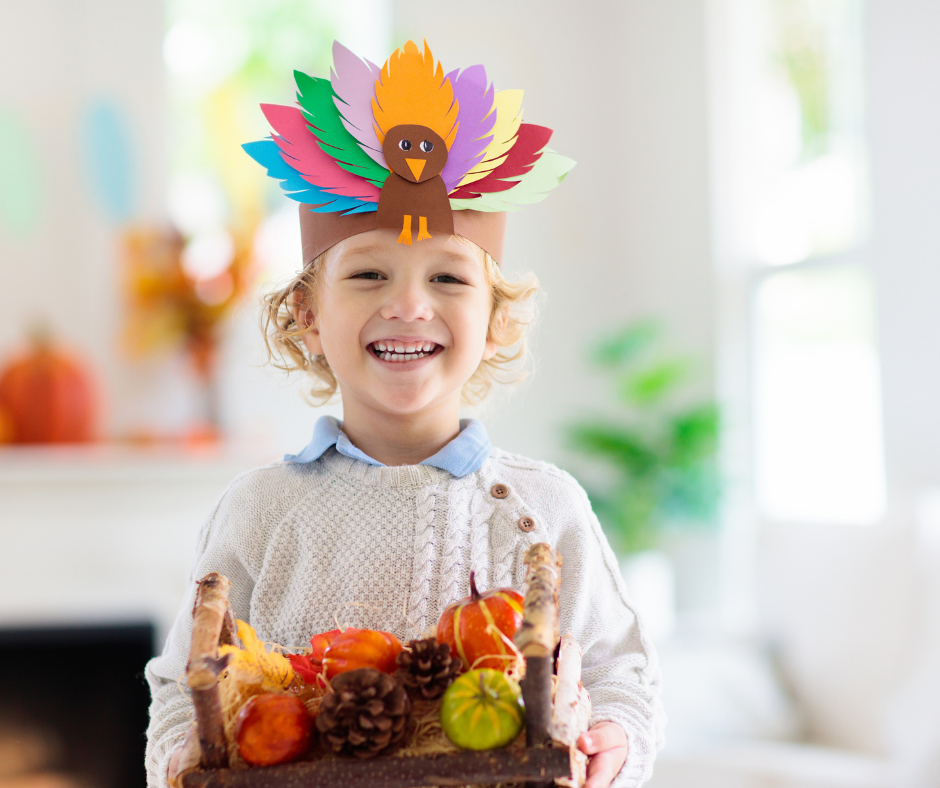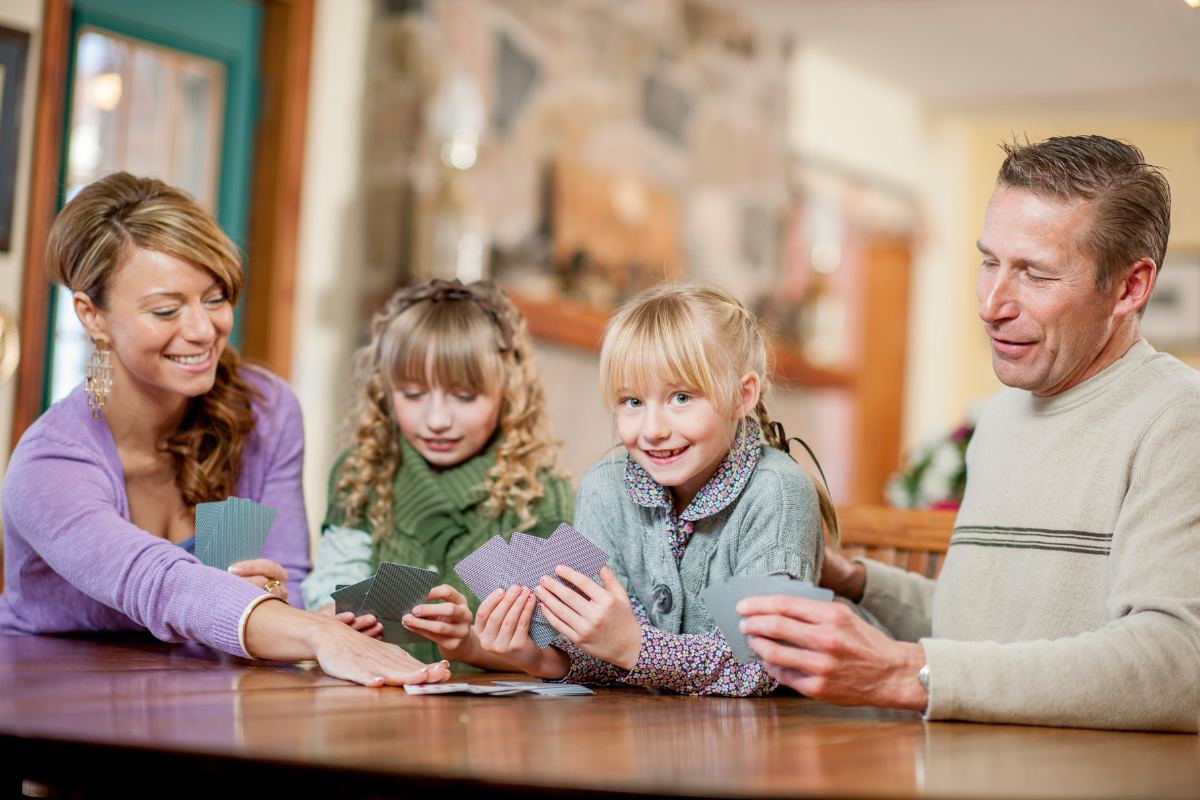Most people think that picture books are for subjects such as reading, science, social studies… you know, the subjects that don’t involve numbers. There actually are picture books out there for virtually any subject, even math. Picture books are a great way to make math come alive in a way that is engaging for children.
Sometimes we try different things to try and gain our child’s attention, but nothing is better than reading a book with them. There’s something magical that happens during read-aloud time. Children are engaged, connections are made, and learning naturally occurs. Introducing new math concepts through a picture book is a non-threatening way to see how math can be used in everyday situations. Additionally, your child will get to see how math is used in action and have exposure to many different math vocabulary terms.
When introducing a new math picture book to your child, read it the first time for enjoyment. Most kids don’t want to stop and talk about math concepts if they are more concerned with how the story is going to end. Once your child shows interest in reading the story again, or if you choose to read it a few days later, this is when you can slowly start talking about the concepts presented. Many times children will start to pick up on skills and concepts with repeated readings.
When asking your child about math concepts in the book, try to ask open-ended questions. For example, if a story is about animals of different sizes, consider asking questions such as, “How can you tell who is taller?” This is a better question than, “Do you have some friends who are taller than you are?” Open-ended questions force children to think of an answer and explain their thoughts, rather than a simple “yes” or “no”.
After finishing a book, consider coming up with an activity that will help your child make a real-life connection. For example, if your child is learning about the concept of one minute, consider having your child do different activities (clapping, jumping, etc.) to see how many repetitions they can do. This will bring about a great discussion with your child about how they were able to do more of one action, but not the other.
Take a look at some great math books to introduce to your children. We also would like to hear from you if you have any favorite math picture books!




